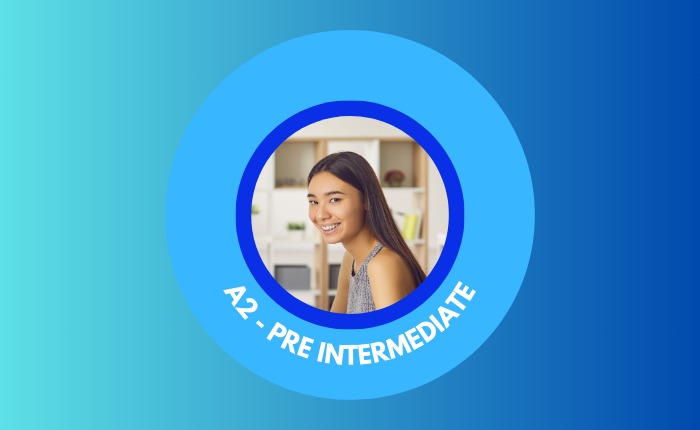A2 – Pre Intermediate

About Course
This course will focus on building your English grammar foundation. You’ll learn about verb tenses including past simple, present continuous, future simple, and present perfect. You’ll also explore how to use different verb forms like gerunds and infinitives.
To express quantities and comparisons, you’ll study countable and uncountable nouns, quantifiers, comparatives, and superlatives. Additionally, you’ll learn about modal verbs for expressing necessity, obligation, and advice.
To improve your vocabulary and sentence structure, the course covers adverbs, prepositions of time, pronouns, and tag questions. By the end of this course, you’ll be able to communicate basic information, describe past events, and make future plans with greater confidence.
Course Content
Types of Questions
-
Yes/No Questions
07:09 -
Quiz – Yes/No Question
-
Wh – Questions
-
Quiz – Practice Wh-Questions
-
Subject and Object Questions
-
Quiz – Practice Subject and Object Questions
-
Questions with Prepositions
-
Quiz – Practice prepositions in Questions
-
Short Answers
